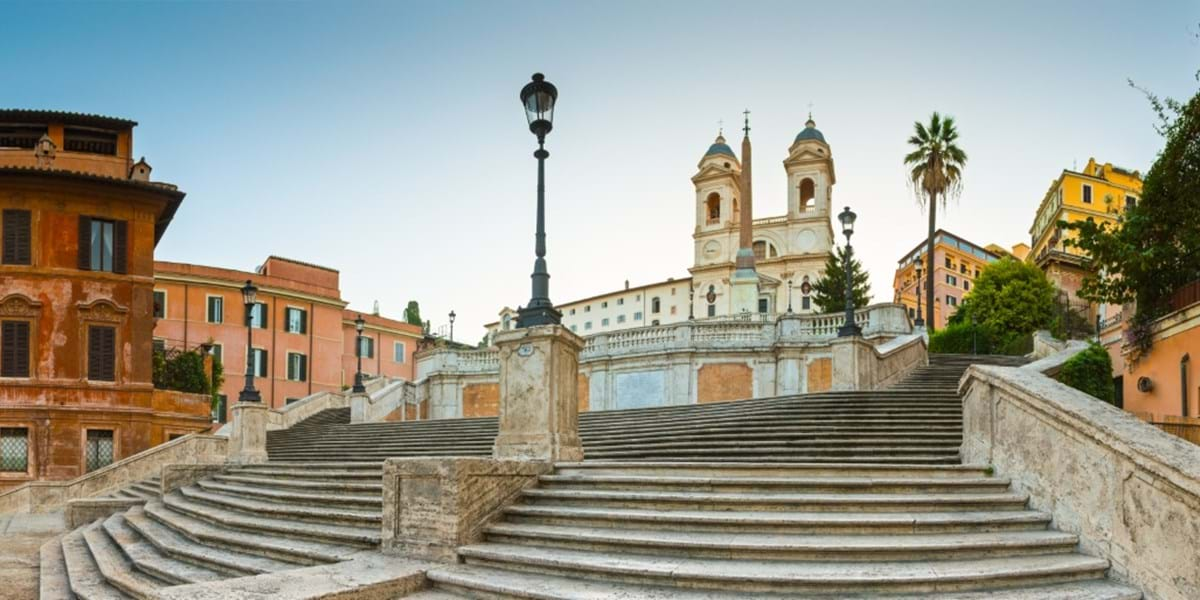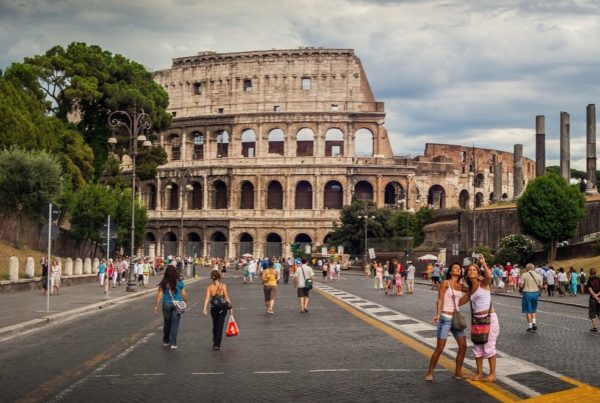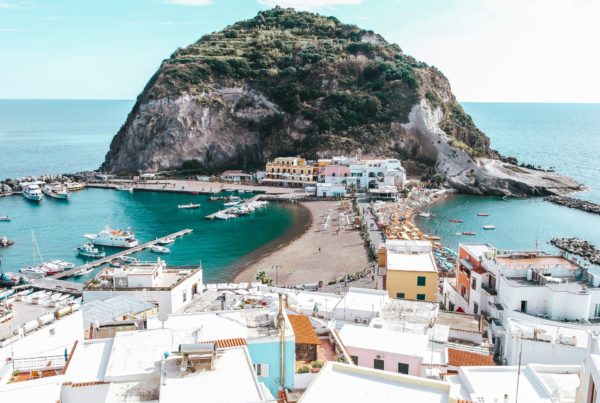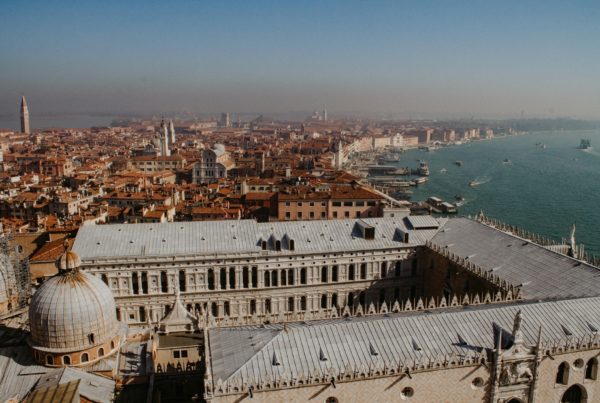 |
| Spanish Steps |
If you visit Rome, it’s highly likely you’ll take a trip to the Spanish Steps. As one of the most famous and iconic attractions in the city, they draw in visitors from far and wide. But why are these steps so important?
The History of the Spanish Steps
Built between 1723 and 1725 by architect Francesco de Sanctis, the Spanish Steps were originally made to link together the Trinita dei Monti church that sits at the top of the stairs to the Spanish square below. The square itself is named after the Spanish Embassy which, in the 17th century, was even considered Spanish territory despite being in the heart of Italy.
At the same time the idea to connect the square and the square below came about, there were also plans to erect a statue of King Louis XIV of France at the top of the staircase. However, this place was never put into action because it was refused by the Pope at the time.
Now you know the history of the Spanish Steps, let’s take a look at why they’re such a huge draw for tourists.
The Most Photographed Spot in Rome
Despite being home to many iconic attractions and landmarks, the Spanish Steps are the most photographed area in the whole of the city, beating even the likes of the Colosseum and the Roman Forum.
But it’s not surprising, really, considering the Steps form an impressive background that was almost made as a photography backdrop. The unique design, combining curves, straight flights, terraces, and vistas, also adds to the picturesque nature of the landmark.
It’s a Creative Meeting Point
Rome has been a hotspot for creatives for centuries, and the Spanish Steps have always been central to the art scene in the city. In the 18th century, they became an important meeting place for artists thanks to the quirky and inspiring design. Some of Italy’s most famous artists gathered here to mingle and get ideas, and even today you can still find artists at work on the steps.
The Home of John Keats
It’s not just artists the Spanish Steps have formed a home for. They can actually be found right next to the house that John Keats lived in. The English poet’s home is now a museum where visitors can go and find out more about the life and works of the wordsmith. Packed full of letters, poems, and memorabilia, it’s a great introduction to the poetic landscape in Rome and beyond.
Join our Rome Walking Tour today to visit Spanish Steps!






